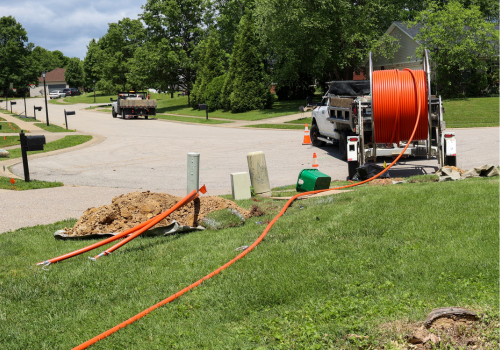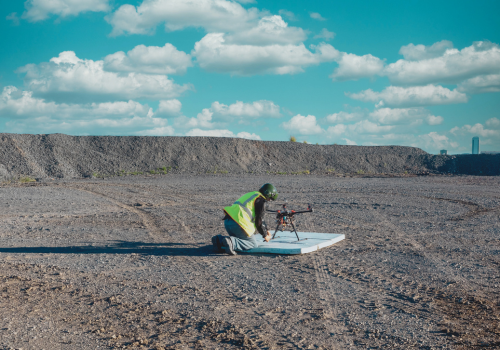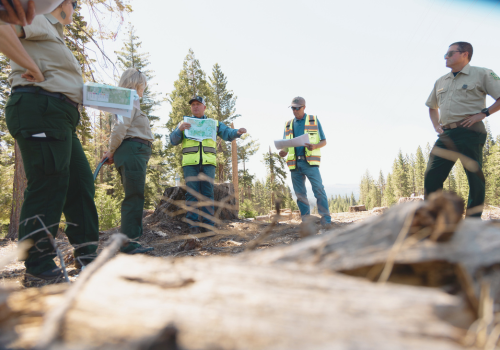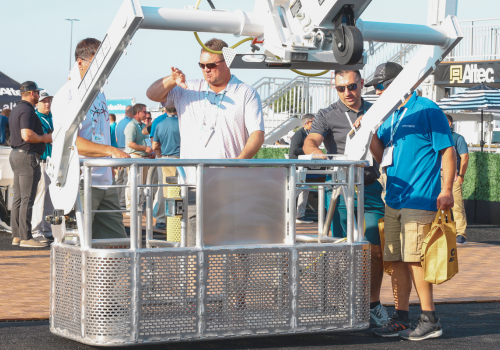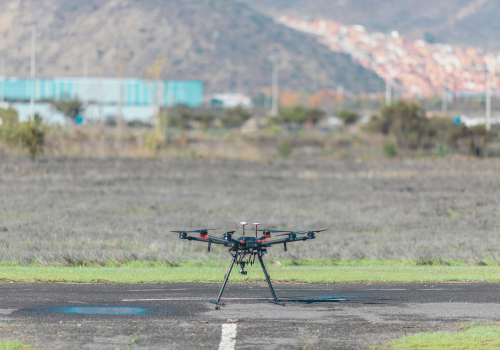Customers generally want to get maximum service life from any piece of equipment, but MEWPs are a bit different. Unlike many other types of equipment, MEWPs go mostly into the rental market, from more than 80% to nearly 100% percent, according to OEMs we spoke with. “Maximum” service life is not what rental customers seek. It is rather “optimal” service life, getting their lifts to last the typical 5 or 6 years they’re in the rental fleet before being traded in, sold at auction, or sold directly to the secondary market. It is this secondary market that is interested in achieving true maximum service life. Objectives and techniques are similar for both customer types, although there are some differences.
1. Choose the right lift
Lifts come in several designs and each is best suited to particular applications. For example, in a general sense painting is all about height whereas roofing and bridge work are up-and-over, requiring lateral extension. Think about overhead conditions, the locations of obstructions. Think about underfoot conditions, which again include obstructions, whether the surface is smooth or uneven, and the possibility of underground voids that may upset stability. Electric machines are available for use indoors and in other locations where emissions and noise are of concern. Wind rating is a consideration for machines used outdoors.
Be sure the MEWP you choose has the right load rating and remember that the load includes not just personnel but also tools and the materials or equipment being placed, such as air conditioning units. Manufacturers offer kits—pipe cradles and glaziers’ racks are two examples—to help with specific applications.
Rental houses will help customers choose the right lift, assuming they have the right lift available. Customers should be willing to shop around if their usual rental provider does not have the right machine. End users buying their own lifts should take care to match lift specs to their current and anticipated jobs. Safety and productivity rely heavily on matching the right lift to the job and lifts used in ways for which they were not designed will experience shortened service life.
2. Proper maintenance and repair
Gas, diesel, and electric MEWPs all have different and very specific service requirements. Read and follow OEM directions. Daily walk-arounds are essential. Make sure decals remain legible. Service grease points as directed. Check for hydraulic leaks. Yes, these are the basics but the basics are often overlooked and that neglect shortens the lift’s service life.
Electric models have different maintenance and storage guidelines depending on battery type. The most common battery types are sealed lead acid and lithium-ion. Both are sensitive to environmental conditions such as heat, humidity, and vibration, especially li-ion. Neither should be fully discharged. Both should be allowed to discharge to 20% to 30% of capacity before recharging to maximize battery life. SLA batteries can be recharged to 100% of capacity and should be stored in fully charged condition. Li-ion batteries last longer if they’re recharged to only 80% of full capacity before being put back into service; time spent at 100% charge should be minimized and they should be stored at 80% charge. Charge rates affect battery life and fast charging should be avoided when possible. Battery technology is evolving rapidly; although cost considerations slow the adoption of new battery tech in the equipment market, customers should be mindful of battery guideless in any case.
Check lift operation from the ground and from the basket. Use fluid sampling of all fluids to spot wear conditions that signal possible upcoming failure. Make sure the ANSI manual stays with the machine. Make sure operators are trained on the machines they’re running; a skilled, attentive operator is the first line of defense in the early detection of problems.
Observing proper maintenance and repair procedures and documenting the process will help retain residual value for rental houses and help owner-operators get maximum service life from their MEWPs.
3. Stay current on features and technology
MEWP improvements occur on an ongoing basis. Some of this is driven by OEM development. Model nomenclature often signals the specificity and complexity of feature sets. The ATJ 46+ from Manitou, for example, is an articulated telescopic jib unit with a 900-pound rated platform. The Titan Boom 40-S from MEC has a 4,000-pound rated platform and is designed especially for bridge work while their XD models include the “extra deck” feature, a fold-down step with lift-up guardrails providing 20 inches of additional height in tight working spaces.
Some development is driven by industry standards. The American National Standards Institute (ANSI) is the curator of MEWP standards in the United States. One factor is the effort to attain globalization as stated on the ANSI website: “Globally relevant standards and the conformance measures that assure their effective use help to increase efficiency, open markets, boost consumer confidence, and reduce costs. And ANSI is the U.S. leader in fostering that potential for the benefit of businesses across every industry and consumers around the world.” ANSI provides reference materials in their online bookstore.
Rental houses may find it necessary to update their fleets as new features and standards emerge. Owner-operators should know what newer machines offer before settling on a used MEWP; new features and their attendant benefits might justify the additional investment in a new machine.
Our thanks to the following for their input on this article:
Ahern: Barb Canibano, Vice President of Global Marketing
Genie: Bob Bartley, Senior Director of Product Support and Service Solutions
Manitou: Ken Forbes, Product Manager
MEC: Gary Crook, Vice President of Engineering
Skyjack: Rafael Bazzarella, Product Manager
Snorkel: Tony Deatherage, Snorkel Service Manager, North America
Subscribe to The Utility Expo monthly newsletter to receive more industry insights like this.
Read Next
New Innovations in Lift Equipment Increase Productivity
5 Aerial Lift Innovations That Will Improve Your Bottom Line


